What Is Lvl Beam?
Important Point
In the world of modern construction and architecture, innovation constantly reshapes, there is a way of approaching building materials and techniques.
LVL Beams enhance the structural strength and design flexibility of the structure. One such innovation that has gained significant prominence of the LVL beam.
The full form of an LVL beam is a Laminated Veneer Lumber beam.
LVL beams have made a huge revolution in the construction industry by offering a versatile and robust alternative design instead of traditional solid wood beams and steel beams.
LVL beams are engineered wood products that are produced from thin layers, or veneers, of wood.
These types of veneers are typically made from fast-growing trees like pine, spruce, or fir. These trees are known for consistent and uniform characteristics.
These veneers are bonded together with strong adhesives and subjected to high-pressure compression this creates a composite material with exceptional strength and stability.
The manufacturing process of the LVL beam involves arranging the veneers in a specific way where the wood grain of each layer is oriented parallel to the beam’s length.
The layers of these beams are typically cross-laminated, meaning that the grain direction alternates between adjacent layers.
The main benefit of the LVL beam is strength. LVL beams produce outstanding strength-to-weight ratios, making them capable of supporting heavy loads over long spans.
This strength is particularly crucial for applications like large openings, wide doorways, and long roof spans.
Another benefit of LVL beams is stability: LVL beams show minimal shrinking, warping, or twisting. This stability ensures that structures remain straight and true over time.
Consistency is another criterion of solid wood beams, which can exhibit variations in strength and quality due to natural defects, LVL beams provide consistent performance.
Builders can rely on predictable and uniform properties in every beam.
Design Flexibility is another good benefit of LVL beams can be manufactured to custom lengths and sizes, catering to a wide range of architectural designs.
This flexibility empowers architects to push the boundaries of their creativity and develop innovative structures.
Environmentally friendly LVL beams make efficient use of timber resources by utilizing fast-growing trees and minimizing waste.
Additionally, their manufacturing process consumes less energy compared to steel production.
Also Read: Common Types of Houses
What Is Lvl Beam Sizes?
LVL beams are available in a huge variety of sizes which carry various load-bearing structural equipment.
Generally, we choose the beam size according to various factors such as the span length, load capacity, and building codes.
The common sizes of LVL beams include widths of 1¾ inches to 3½ inches and depths ranging from 7¼ inches to 18 inches.
Customization of LVL beam can be prepared according to the requirement.
Right-size beam selection is also necessary for any type of work selection.
There are so many factors that we need to select before starting work. Those factors are following below –
- Span Length: The longer distance of the beam needs a higher span without support directly affects the beam size required. Longer spans require larger sizes of LVL beams.
- Load Capacity: The weight the beam will bear, including static and dynamic loads, must be accounted for to ensure structural integrity.
- Building Codes: Local building codes dictate the minimum size and type of LVL beams that can be used in specific applications. So, we can use the size of the beam as per building code.
- Deflection Limits: Depending on the application, there may be limits on how much the beam can deflect under load. This can influence the choice of beam size.
Also Read: What Is the Penetration Test?
Disadvantages of Lvl Beam
There are so many advantages of LVL beam but there are also some disadvantages of LVL beam, those are following below-
- Cost: LVL beams can be more expensive than traditional solid wood beams because of the manufacturing process and the quality of materials used needs a higher cost.
- Weight: LVL beams are more denser than solid wood, which can make them heavier. This might require additional labor or equipment during installation.
- Manufacturing Process: The manufacturing process of LVL requires gluing together thin veneers using adhesives. While these adhesives are engineered for durability, there might be concerns about long-term performance and environmental impact.
- Appearance: LVL beams might not have the same aesthetic appeal as solid wood beams. Some people prefer the natural look of solid wood over an LVL beam.
- Fire Resistance: While LVL beams are made from wood, they do have a degree of fire resistance due to their density. However, they are not as fire-resistant as steel or other non-combustible materials.
- Limited Curvature: The main disadvantage of LVL beams are manufactured in straight sections and have limited curved or arched designs.
Useful Article for You
- What Is Composite Wood
- What Is the Difference Between a Shower Pan and a Shower Base?
- What Is Raft
- What Is a Window Panel
- What Is Rebar Made Of
- What Is Crane
- What Is a Frame Structure
- What Is the Measurement for a Queen Size Bed
- What Is Considered Livable Space
- What Is One Way You Can Save Electricity?
- What Is Mdf Mean
- Grade Beam Slab
- What Is a Bundle of Shingles
- What Is a Gallon of Water Weigh
- What Is Window Sash
- Common Beam Sizes
- What Is a Sieve Analysis
- What Is the Little Black Diamond on a Tape Measure
- What Is the Difference Between a Bolt and a Screw?
- What Is Overhang
- What Is Sand Blasting
- What Is a Walk in Basement
- What Is Quarrying
- What Is a Concrete Slump Test
- What Is a Weir
- What Is Road Made Of
- What Is a Cantilever?
- Bond Beam Vs Lintel
- What Is a Contour
Advantages of Lvl Beams
There are so many advantages of LVL beams, those are in the following below
Strength and Load-Bearing Capacity: LVL beams are created by layering thin veneers of wood together with adhesive, and then bonding them under heat and pressure.
This manufacturing process results in a composite material that exhibits exceptional strength and load-bearing capacity.
LVL beams are known for their consistent structural properties, allowing architects and engineers to design with confidence knowing that the beams will provide reliable support in various applications, from residential to commercial and industrial projects.
Versatility: LVL beams come in various sizes and lengths, offering a level of versatility that is often lacking in traditional timber beams.
This versatility allows builders to tailor LVL beams to their specific project requirements without the limitations imposed by natural wood’s inherent variability.
Dimensional Stability: Unlike solid timber, LVL beams are less susceptible to warping, twisting, and shrinkage due to changes in humidity and temperature.
This dimensional stability results from the manufacturing process that involves using multiple layers of veneer that have been dried and laminated together.
As a result, LVL beams maintain their intended shape and size over time, reducing the risk of structural deformations that can compromise a building’s integrity.
Environmental Sustainability: LVL beams are considered environmentally friendly because they are manufactured using fast-growing, renewable wood species, such as pine, which reduces the demand on slower-growing, old-growth forests.
Additionally, the manufacturing process minimizes waste, as almost the entire log can be used in the production of LVL.
Cost-Efficiency: While LVL beams can have a slightly higher upfront cost compared to traditional sawn timber; their benefits in terms of strength, predictability, and durability often outweigh the initial investment.
The reduced need for additional support due to longer spans can result in cost savings in terms of labor and materials.
Additionally, LVL beams’ consistent properties can lead to more accurate construction schedules and reduced waste, ultimately translating into financial savings.
Ease of Installation: LVL beams are lighter than their solid timber beams, making them easier to handle and install on the construction site.
Their uniform dimensions and predictable load-bearing capabilities simplify the installation process and reduce the need for on-site modifications, contributing to faster construction timelines.
Fire Resistance: LVL beams possess inherent fire-resistant properties due to the manufacturing process and the fact that they are composed of multiple layers of wood.
This can contribute to improved building safety and compliance with fire codes.
Also Read: How Many Square Feet in a Typical Bedroom
Lvl BeamCost
The cost of LVL beams depends on various properties, which are following below-
- Material Costs: The raw materials used in LVL production significantly impact the overall cost of LVL beams. Different species and grades of veneers have varying costs, affecting the final price of the LVL beam.
- Manufacturing Process: The process of creating LVL beams involves specialized machinery, adhesive application, and pressing. The energy and equipment required for this process contribute to the overall cost.
- Size and Dimensions: The dimensions of LVL beams, including length, width, and thickness, play a crucial role in determining their cost. Larger or custom-sized beams may require more raw materials, and the manufacturing process for non-standard sizes might be more complex, adding to the cost.
- Strength and Load-Bearing Capacity: LVL Beams designed to support heavier loads or span longer distances may require additional layers of veneers or different adhesives, leading to higher production costs.
- Market Demand: LVL beams are subject to market forces. Fluctuations in supply and demand can impact their cost. In periods of high demand, prices may rise due to limited availability, while oversupply might lead to decreased costs.
- Transport and Handling: Shipping and transportation costs are influenced by factors such as the distance between the manufacturing site and the construction site, as well as logistical considerations like shipping methods and special handling requirements.
Also Read: Beam Size Calculator
How Can I Find What Size of Lvl Beam Do I Need?
Selecting the appropriate size of Laminated Veneer Lumber (LVL) beam is required to know their strength, versatility, and suitability for various load-bearing applications.
The right side of the beam is selected by the following requirements, those are following below-
- Understand Load Requirements: The first step in determining the size of an LVL beam is to understand the load it will be supporting. Determine the accurate estimate of the total load that the beam will need to carry.
- Calculate Span Length: The longer the span carries more load and the beam must support on both sides. Measure the span accurately and account for any potential deflection that might occur sometime and at that time you need to increase the span of the beam.
- Use Load Tables and Design Software: Many LVL manufacturers provide load tables and design software that can help you determine the appropriate size of the LVL beam based on load and span length. These resources consider the specific characteristics of the LVL beams they produce, making it easier to choose the right size for your project.
- Seek Professional Advice: Working with a structural engineer or architect is crucial when sizing LVL beams. They can also consider factors like point loads, beam spacing, and any potential dynamic loads that might impact the beam’s performance.
- Check Building Codes: Local building codes dictate the minimum standards that structures must adhere to for safety and stability. These codes often include guidelines for beam sizing, load distribution, and deflection limits.
- Consider Future Modifications: It’s important to consider the potential for future modifications or changes in usage. If there’s a possibility that the load or span might increase in the future, it’s wise to choose a slightly larger beam to accommodate these changes without compromising structural integrity.
- Compare Options: Different LVL beam sizes will have varying costs associated with them. It’s a good idea to compare the cost-effectiveness of various sizes to find the best balance between structural performance and budget constraints. Opting for a slightly larger beam than the minimum requirement might provide an additional safety margin without significantly increasing costs.
- Use Online Calculators: Several online calculators are available to assist in sizing LVL beams. These tools typically require input of information such as load, span length, and beam spacing, and they provide recommended beam sizes based on industry standards and calculations.
Useful Article for You
- Cut Washer Vs Flat Washer
- Soil Stacks
- How Much Does a Yd of Concrete Weigh
- Silt Vs Clay
- Gray Green House
- Identify the Zero-Force Members in the Truss
- Bridge Pier
- Monolithic Concrete
- Wall Panel Bathroom Ideas
- Construction Companies in America
- How Bridges Are Made
- Density of Concrete G Cm3
- Concrete Wall Treatment
- Standard Us Brick Size
- Drywall Ceiling Repair Cost
- Micropile
- Suspension Bridge Strengths
- Types of Plumbing Fixtures
- Red Brick Black Shutters
- Weight of Concrete Slab
- How to Build a Fence with Metal Posts
- How to Get Blood Out of Wool Carpet
- Isometric View
- Front Doors on Brick Houses
- Screed
- Pier and Beam Foundation
- Weep Holes
- Average Door Height
- Wall Putty
- Flight of Stairs
- Cost to Pump Septic Tank
- What Colors Keep You Awake
- How to Build a Lean-to Off a Garage
Qualities of Lvl Beam
Strength and Load-Bearing Capacity: LVL beams can provide exceptional strength and load-bearing capacity.
They are constructed by bonding thin layers of wood veneers together with adhesive, creating a composite material that can withstand heavy loads and distribute them efficiently.
This engineered composition allows LVL beams to outperform traditional solid wood beams and even some steel options, making them suitable for a variety of applications, from residential structures to commercial buildings.
Consistency and Predictability: One of the significant advantages of an LVL beam is its consistent quality and predictable performance.
Traditional solid wood beams can exhibit variations in strength and other properties due to natural defects and inconsistencies in the wood.
In contrast. LVL beams are manufactured under controlled conditions, ensuring uniformity in their mechanical properties.
This predictability makes them a reliable choice for design and engineering calculations.
Versatility in Design: LVL beams offer a high degree of design flexibility.
They can be fabricated in various lengths, widths, and thicknesses to suit different architectural and structural requirements.
This versatility allows architects and engineers to create innovative designs without compromising on structural integrity.
LVL beams can be used for a wide array of applications, including roof framing, floor systems, headers, and beams, enhancing the aesthetics and functionality of modern construction projects.
Environmental Sustainability: In an era where environmental consciousness plays a crucial role in material selection, LVL beams stand out as an eco-friendly choice.
They are crafted from fast-growing and renewable wood species, reducing the demand for traditional slow-growth timber.
The manufacturing process of LVL also optimizes the use of wood resources by transforming small-diameter logs and wood residues into strong structural members.
As a result, LVL beams contribute to the conservation of forests and the reduction of carbon emissions.
Dimensional Stability: Wood is susceptible to changes in moisture content, which can lead to warping, shrinking, or swelling.
LVL beams, however, exhibit improved dimensional stability compared to solid wood due to the manufacturing process that involves drying the veneers and using adhesives that resist moisture absorption.
This stability ensures that LVL beams maintain their intended shape and structural integrity over time, reducing maintenance requirements and potential issues in construction projects.
Ease of Installation: LVL beams are designed for easy installation. Their consistent size and weight make handling and positioning them during construction more straightforward.
Additionally, LVL beams can often be lighter than their solid wood counterparts while still offering similar or even superior load-bearing capabilities.
This lighter weight simplifies transportation and on-site handling, contributing to overall construction efficiency.
Also Read: How Much Does a Cinder Block Weigh
Manufacturing of Lvl Beam
LVL beams are made by layering thin wood veneers or strips together and bonding them with adhesive to create a strong and uniform structural element. Here is some process of the manufacturing process of LVL beam
- Material Selection: The process begins with the selection of high-quality wood species. Softwoods like pine, fir, and spruce are commonly used due to their strength and availability.
- Log Preparation: Logs are debarked and cut into veneer sheets. These veneers are typically around 1.5 to 6.0 mm thick.
- Veneer Drying: To reduce their moisture content, veneers are dried. Low moisture content enhances better adhesive bonding of the final product.
- Adhesive Application: The dried veneers are coated with adhesive. Some adhesive materials like phenol-formaldehyde resin & melamine-formaldehyde resin is used. The adhesive provides bonding between layers and contributes to the beam’s strength.
- Layer Assembly: The adhesive-coated veneers are arranged in layers with their grain orientations alternating. This alternating grain orientation enhances the structural properties of the LVL beam.
- Pressing: The entire stack is placed under a hydraulic press machine, where heat and pressure both are applied. The heat helps cure the adhesive, creating a strong bond between the layers. The pressure consolidates the layers and shapes the beam.
- Curing: After pressing, the beams are left in the press for a specified time to allow the adhesive to fully cure. This results in a stable and strong LVL beam.
- Trimming and Cutting: Once the curing is complete, the LVL beams are removed from the press. They are trimmed to the desired length and cut to the required dimensions using saws or other cutting tools.
Also Read: Difference Between Beam and Column
Uses of Lvl Beam
There are several numbers of uses present for LVL beams, which are in the following below
- Structural Beams and Headers: LVL beams are often used as load-bearing members in residential, commercial, and industrial buildings. They provide reliable support for floors, roofs, walls, and other structural elements. LVL beams can span longer distances than traditional solid wood beams, allowing for greater design flexibility.
- Roof Rafters and Trusses: LVL beams are used as roof rafters and trusses to support the roof structure of buildings. Their consistent strength and stiffness make them suitable for resisting the loads imposed by roofing materials and snow loads.
- Floor Joists: LVL beams are used as floor joists to support the weight of floors and occupants in multi-story buildings. Their dimensional stability helps prevent sagging or warping over time.
- Door and Window Headers: LVL beams are employed as headers above doors and windows to distribute the load from above, ensuring the structural integrity of openings and preventing sagging.
- Beams for Bridges: In some cases, LVL beams are used in bridge construction to support pedestrian walkways or light vehicular traffic.
- Pergolas and Outdoor Structures: LVL beams are used to construct pergolas, gazebos, and other outdoor structures where a combination of strength and aesthetics is desired.
- Manufactured Housing: LVL beams are used in the construction of manufactured and modular homes to provide sturdy support for floors, roofs, and other structural components.
- Commercial and Industrial Buildings: LVL beams are commonly used in larger commercial and industrial buildings for applications such as supporting mezzanines, conveyor systems, and heavy equipment.
- Long-Span Applications: LVL beams can span longer distances than traditional lumber, making them suitable for applications where longer unsupported spans are required, such as gymnasiums, auditoriums, and warehouses.
- Renovations and Remodelling: LVL beams can be used in renovations and remodeling projects to provide structural support when modifying or adding to existing buildings.
- Timber Framing: In timber framing, LVL beams can be used to create traditional or modern timber frame structures that combine aesthetics with structural integrity.
- Exterior Decks and Porches: LVL beams can be used to support decks and porches, especially when longer spans are needed to accommodate larger open areas.
Also Read: Brick Calculator in Feet
How Many Lvl Beams Do I Need?
The requirement of LVL beams generally depends on the type of construction. So, there are some criteria about beam requirement, those are in the following below-
- Structural Design: You are requested to contact a structural engineer or a qualified professional for your work. They will consider factors like building codes, live loads (occupant loads, furniture, equipment), dead loads (structural components, finishes), snow loads, wind loads, seismic loads, and other relevant factors.
- Span and Layout: Determine the span of the LVL beams, which is the distance between supports. This can vary based on the intended use of the beams, such as supporting a floor, roof, or other structural element. Also, consider the layout of the building and where the beams will be positioned.
- Load Calculation: Calculate the total load that each LVL beam will need to support. This involves the dead loads and live loads that the beam will bear. Dead loads include the weight of permanent materials, while live loads include temporary loads like occupants and furnishings.
- Beam Sizing: Based on the calculated loads and the span of the beams, determine the required size (depth and width) of the LVL beams. Manufacturers provide load-span tables that can help you choose the appropriate beam size for your specific project.
- Spacing: This will depend on factors like the beam size, the load they’re supporting, and any building code requirements. The spacing will impact the number of beams needed.
- Layout Planning: Lay out the positions of the LVL beams according to your building’s design. Ensure that the beams are placed in appropriate locations to adequately support the loads and provide structural stability.
- Calculating Quantity: Once you have determined the required size, spacing, and layout of the LVL beams, you can calculate the total number of beams needed for your project. Divide the total length or span that needs to be covered by the spacing between the beams to get an approximate count.
Also Read: Load-Bearing Vs Partition Walls
Lvl Beam Width
There are various sizes and widths of LVL beams. The width of the LVL beam varies from 7/4 inches to 7/2 inches.
The length of those beams varies from 24 feet, 28 feet, 32 feet, 40 feet, and 44 feet. Sometimes for some special case, the beam length may vary up to 60 feet
The depth varies from 5.5 inches to 24 inches.
Also Read: Wall Skimming Tools
Lvl Cost Per Linear Foot
The average cost of LVL beams starts from $3 to $15 or more per linear foot. Here’s a breakdown of the cost ranges based on beam size and grade:
Smaller Sizes LVL beams (e.g., 2×6, 2×8, 2×10) are generally used for lighter loads and shorter spans. The cost per linear foot for these sizes might range from $3 to $8 or more, depending on the factors mentioned earlier.
Medium Sizes (e.g., 3.5×9.25, 3.5×11.25) LVL beams are commonly used for standard residential applications like floor joists and headers. The cost per linear foot for these sizes could be in the range of $6 to $12 or more.
Larger Sizes (e.g., 5.25×11.25, 7×9.25) LVL beams are used for heavy loads and longer spans. The cost per linear foot for these sizes might fall within the range of $10 to $15 or more.
Also Read: Comparing Single-Hung vs Double-Hung Windows
How to Calculate Lvl Beam Size?
The size of the LVL beam depends on various factors, those are following below-
- Determine Load Requirements: First, we need to identify the type and magnitude of the loads the beam will need to support. This includes dead loads (permanent weights of the structure), live loads (temporary loads like furniture, and people), and any other relevant loads such as snow or wind loads.
- Identify Span Length: Measure the clear span length, which is the distance between the supports on either end of the beam.
- Select Appropriate Material Properties: LVL beams come in various grades and sizes, each with different load-bearing capacities. Refer to the manufacturer’s specifications for the LVL you plan to use. You’ll need to know the allowable stress, modulus of elasticity, and other relevant material properties.
- Calculate Design Loads: Combine all the loads (dead, live, etc.) to determine the total design load that the beam needs to carry.
- Determine Maximum Moment: Calculate the maximum bending moment at the center of the beam using the calculated design loads and span length. This can be done using equations specific to the load distribution (e.g., uniform load, concentrated load).
- Calculate Section Modulus: The section modulus is a measure of a beam’s ability to resist bending. It’s determined by dividing the maximum moment by the allowable stress for the LVL material.
- Check Deflection: Make sure the calculated LVL beam size also meets deflection limits, which prevent excessive sagging of the beam. The maximum allowable deflection is typically specified in building codes.
- Consult a Structural Engineer: If you’re uncertain about any aspect of the calculations or if the situation is complex, it’s advisable to consult with a qualified structural engineer. They can provide accurate calculations and ensure the safety and stability of your design.
40 Ft Lvl Beam Price
The average cost of LVL beam is $3 to $12 per square foot. So, the total cost of 40 feet beam is $3 x 40 = $120 to $12 x 40 = $480.
30 Ft Lvl Beam Price
The average cost of LVL beam is $3 to $12 per square foot. So, the total cost of 40 feet beam is $3 x 30 = $90 to $12 x 30 = $360.
28 Ft Lvl Beam Price
The average cost of LVL beam is $3 to $12 per square foot. So, the total cost of 40 feet beam is $3 x 28 = $84 to $12 x 28 = $336.
26 Ft Lvl Beam Price
The average cost of LVL beam is $3 to $12 per square foot. So, the total cost of 40 feet beam is $3 x 26 = $78 to $12 x 26 = $312.
25 Ft Lvl Beam Price
The average cost of LVL beam is $3 to $12 per square foot. So, the total cost of 40 feet beam is $3 x 25 = $75 to $12 x 25 = $300.
24 Ft Lvl Beam Price
The average cost of LVL beam is $3 to $12 per square foot. So, the total cost of 40 feet beam is $3 x 24 = $72 to $12 x 24 = $288.
20 Ft Lvl Beam Price
The average cost of LVL beam is $3 to $12 per square foot. So, the total cost of 40 feet beam is $3 x 20 = $60 to $12 x 20 = $240.
16 Ft Lvl Beam Price
The average cost of LVL beam is $3 to $12 per square foot. So, the total cost of 40 feet beam is $3 x 16 = $48 to $12 x 16 = $192.
14 Ft Lvl Beam Price
The average cost of LVL beam is $3 to $12 per square foot. So, the total cost of 40 feet beam is $3 x 14 = $42 to $12 x 14 = $168.
What Is Lvl Beam?
Laminated veneer lumber (LVL) is one of the most widely used engineered wood products for constructional applications. It is a composite product manufactured from multiple thin layers of veneer that are aligned with the length of the finished lumber.
What Is Lvl Used for?
Together with plywood, lumber or oriented strand board (OSB), LVL can be used for many structural applications. Some of the most popular uses of LVL include I-joists, header, rimboards, truck bed decking, roadway signpost, beam, truss, special applications such as skateboards, and custom-made panels for marine uses.
Lvl Beams Cost
LVL beams cost on average $3 to $12 per linear foot for the material or $50 to $200 per foot installed. LVL beams are more cost-effective and durable than regular wood beams. LVL beams are fire-resistant, shrink-proof, and easy to install, especially in long spans.
Laminated Veneer Lumber Disadvantages
Although its dimensional stability is better than solid wood, the product may result in some defect, such as warping, if it is not properly stored in the warehouse. Also, LVL requires high capital investment to have relatively low production cost. Therefore, high demand is necessary to have a profitable operation.
Lvl Sizes and Spans
LVL beam sizes may vary according to the manufacturer but LVL standard thicknesses are 7/4 inches to 7/2 inches. An LVL beam length is generally available in 24, 28, 32, 36, 40, and 44 feet with special orders up to 60 Feet. LVL beam depths are typically 5.5 inches to 24 inches.
Lvl Thickness Sizes
- Standard Thickness: 1-3/4″ (Also available in 1-1/2″ and 3-1/2″)
- Standard Depths: 5-1/2˝, 7-1/4˝, 9-1/2˝, 11-7/8˝, 14˝, 16˝ (Also available in 3-1/2″, 9-1/4″, 11-1/4″, 18˝, 20˝, 24˝)
- Grade: 2.0E.
Disadvantages of Lvl Beam
There are some disadvantages to LVL beams, though. For instance, the multiple layers and lengthy production process can make it prone to warping, splitting, and delamination, especially if it is not stored properly.
Lvl Meaning in Construction
Laminated veneer lumber, more commonly known as LVL, is an engineered wood product. Proven globally for over 30 years, LVL is typically used as structural members for lintels, beams, mid-floors and roofs across residential and commercial building projects.
Laminated Veneer Lumber Advantages
Major advantages of LVL include its dimension, shape, high strength properties and low cost. The size of LVL is not limited by log size, due to its manufacturing method. LVL is one of the strongest wood-based construction materials relative to its density.
How Is Lvl Made?
LVL is part of a family of products, structural composite lumber (SCL), that are made of dried and graded wood veneers, strands or flakes that are layered upon one another and bonded together with a moisture resistant adhesive into large blocks known as billets.
Lvl Vs Plywood
Laminated veneer lumber is similar in appearance to plywood, although in plywood the veneers switch direction while stacking and in LVL the veneers all stack in the same direction. In LVL, the direction of the wood grain is always parallel to the length of the billet.
How Far Can a Double 2×10 Lvl Span?
How far can a 2×10 LVL span? As per general thumb rule and guidelines, a double 10 lvl beam can allow span upto 16 feet far distance used for residential building or projects.
How Much Does a 20 Foot Lvl Beam Cost?
A 20-foot LVL beam costs between $6 and $11 per linear foot for materials alone and up to $2,500 including installation. Labor costs will highly depend on the complexity of the project. You will also run into related costs for specific in-depth projects, such as structural foundation inspections or roofing inspections.
Lvl Beam Sizes
- Standard Thicknesses: 3-1/2″, 5-1/4”, 7”
- Standard Depths: 5-1/4″, 5-1/2˝, 7″, 7-1/4˝, 9-1/2˝, 11-7/8˝, 14˝, 16˝, 18″, 20”, 24” (depth must be greater than or equal to thickness)
- Grade: 2.0E.
Lvl Meaning in Drawing
Laminated Veneer Lumber (LVL) as a Construction Material.
Lvl Beam Width
LVL can also be manufactured in thicknesses from 19 mm (3/4 in) to 178 mm (7 in). Commonly used LVL beam depths are 241 mm (9-1/2 in), 302 mm (11-7/8 in), 356 mm (14 in), 406 mm (16 in), 476 mm (18-3/4 in) and 606 mm (23-7/8 in). Other widths and depths might also be available from specific manufacturers.
Lvl Beam Width Span
Normally, the span of LVL beam starts from 24 ft and goes upto 44 feet with a 4 foot increment. The thickness of LVL beam is between o1 ply thickness 1-3/4 inches and 4 ply thickness 7 inches.
Lvl Beam Span
LVL beam lengths are generally available in 24, 28, 32, 36, 40, and 44 feet with special orders up to 60 Feet. The LVL Beams found in the market are 4-foot increments. It can be adjusted according to user choice. More than 60 Feet in size is very difficult to transport and handle.
Like this post? Share it with your friends!
Suggested Read –
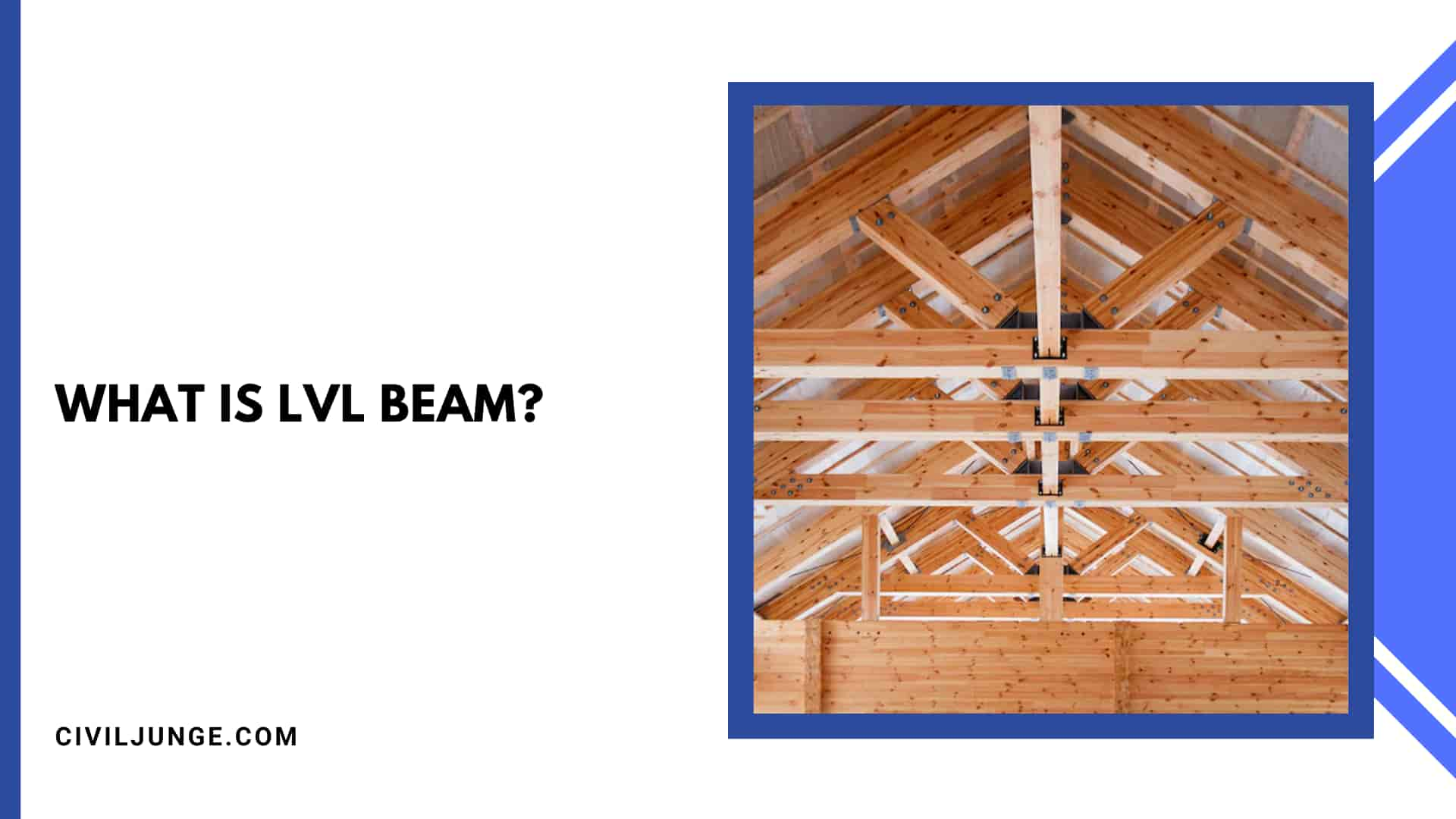


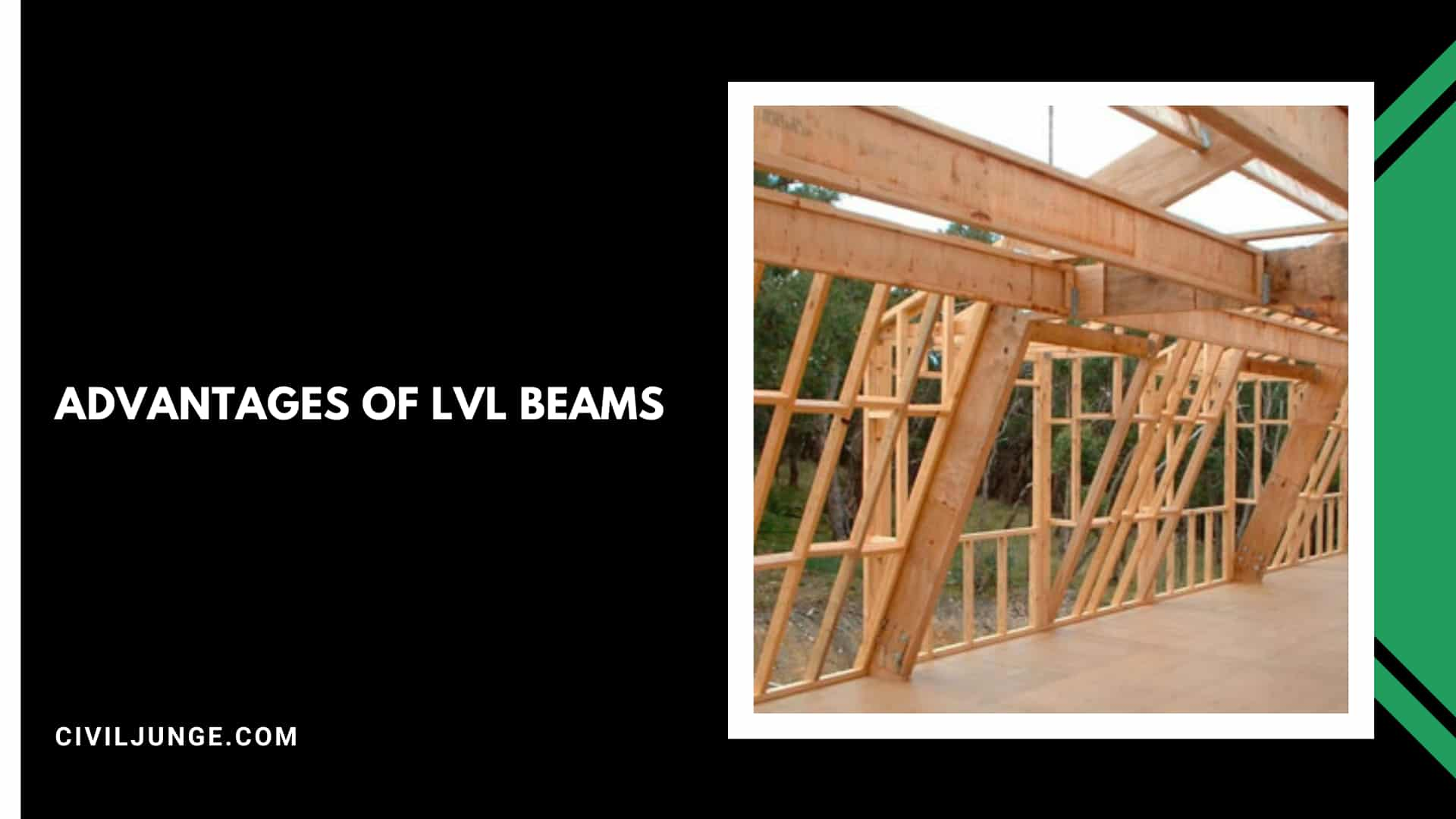
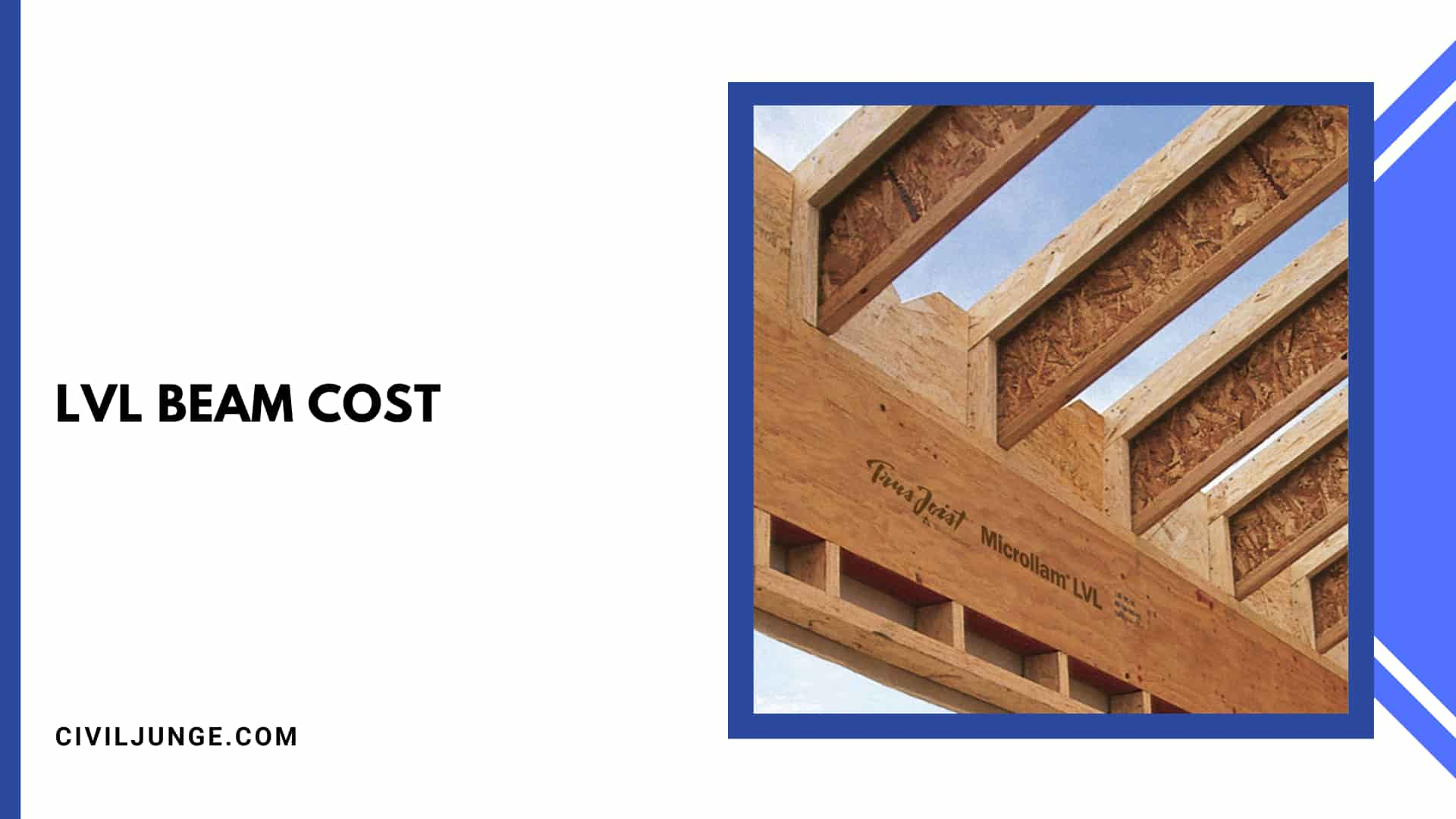

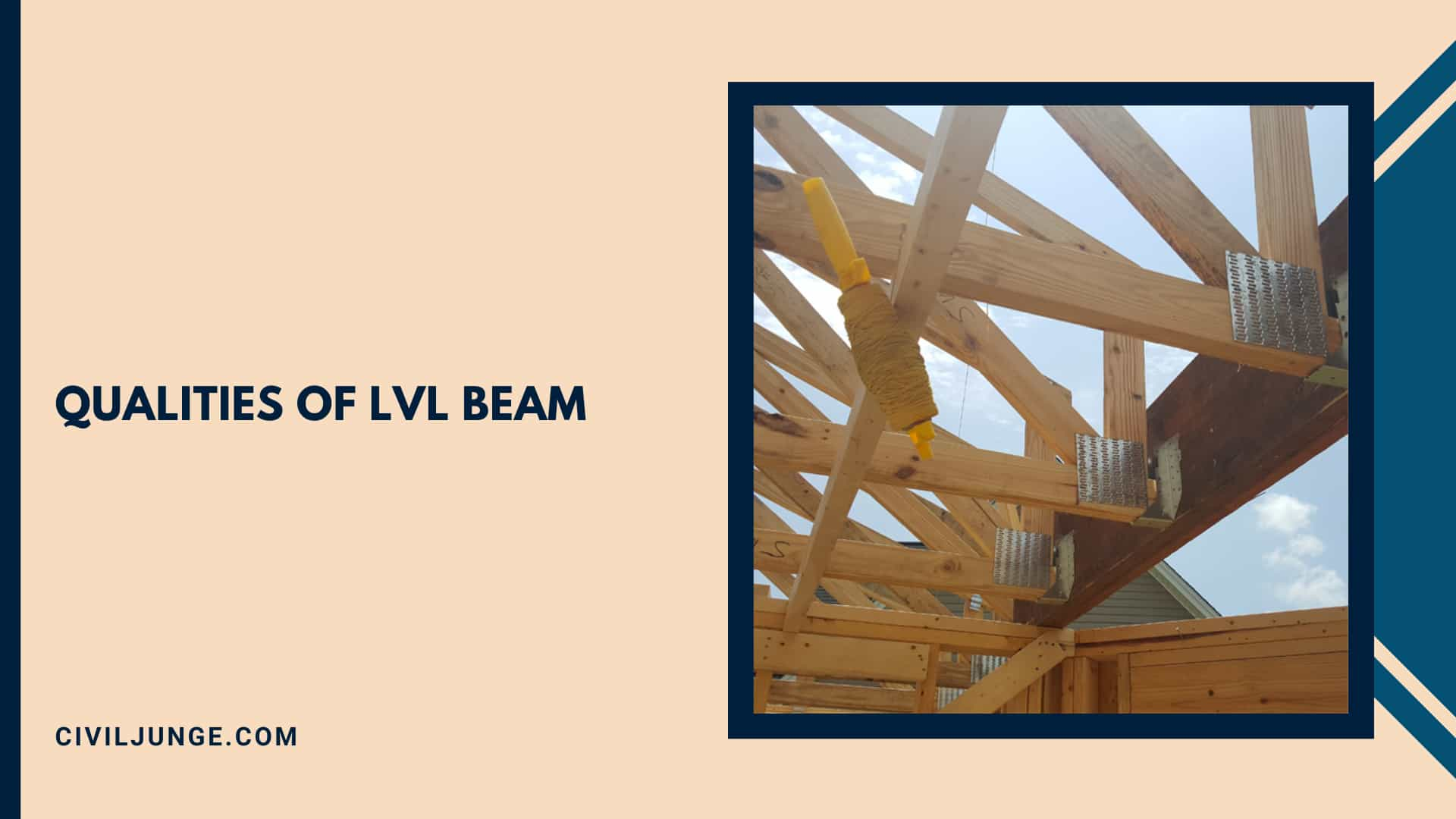
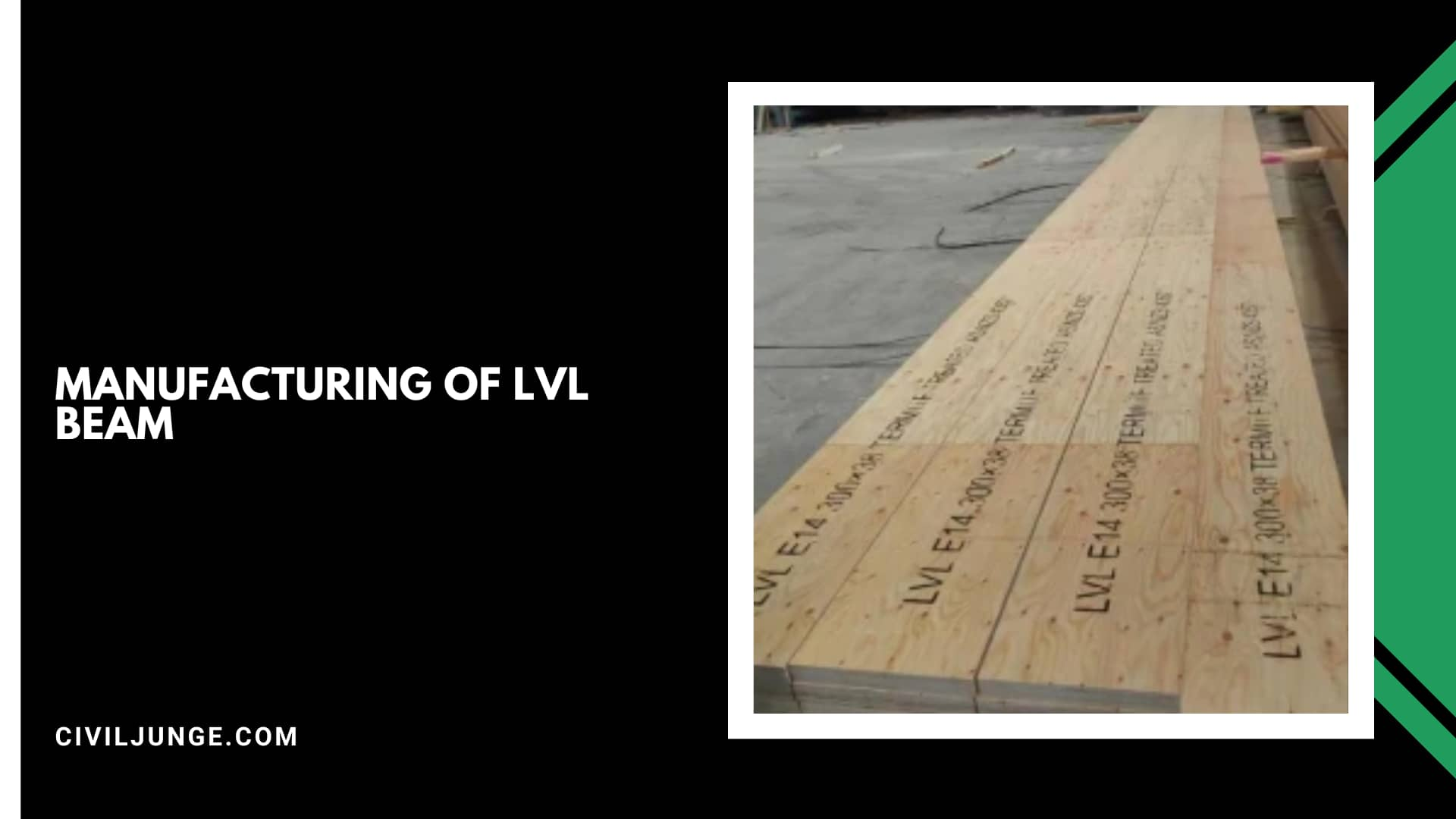
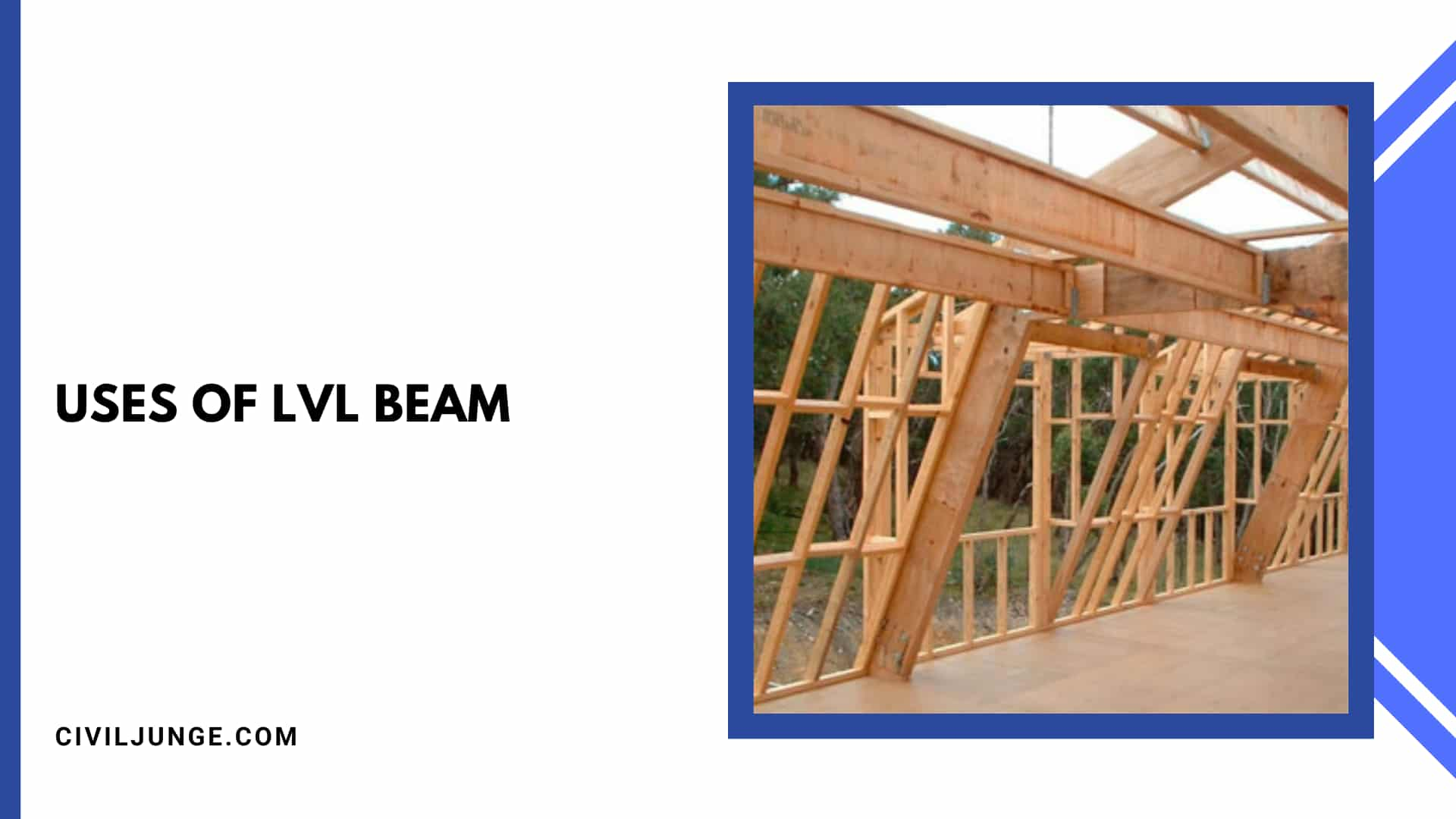
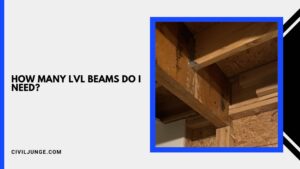
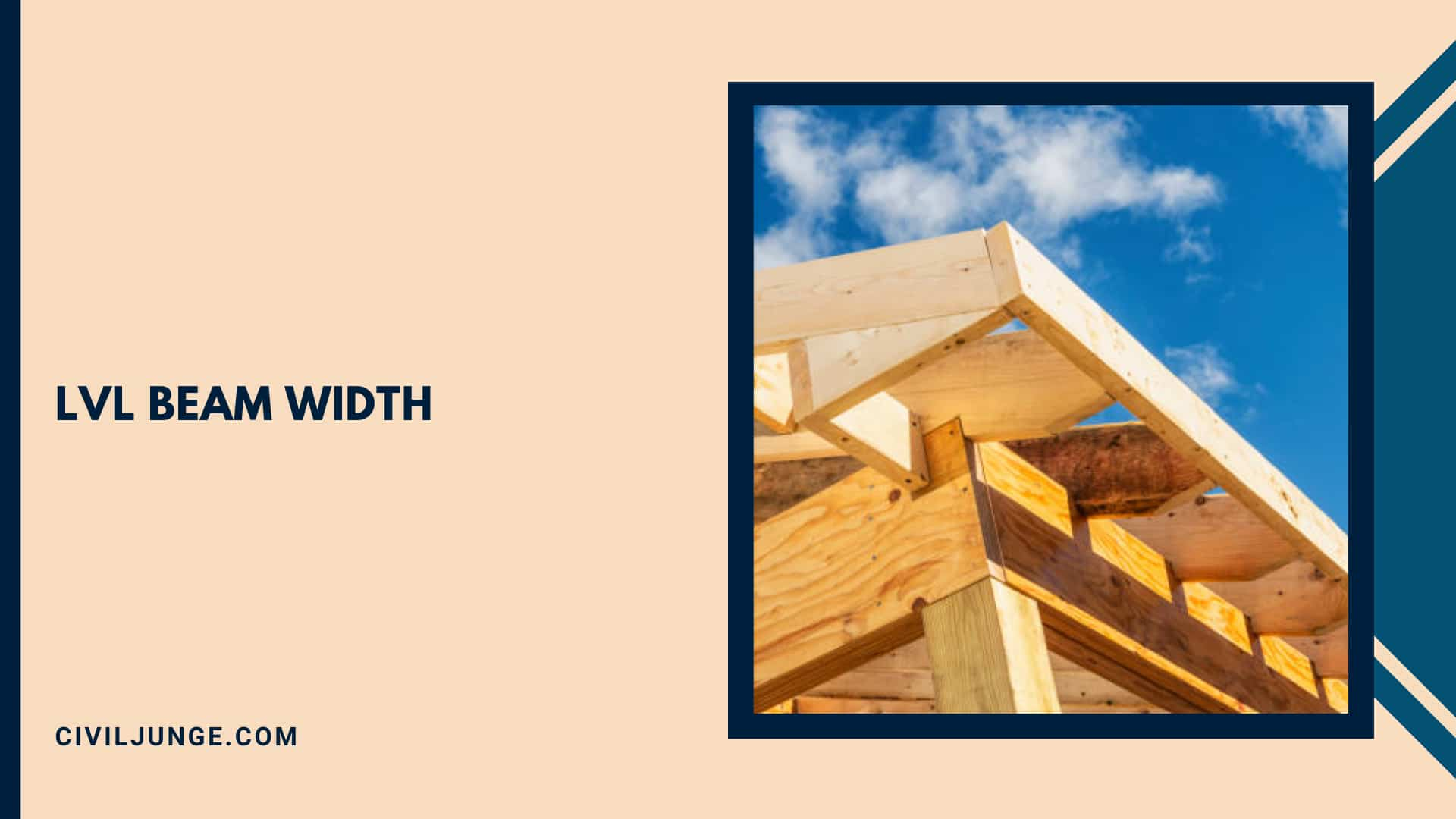
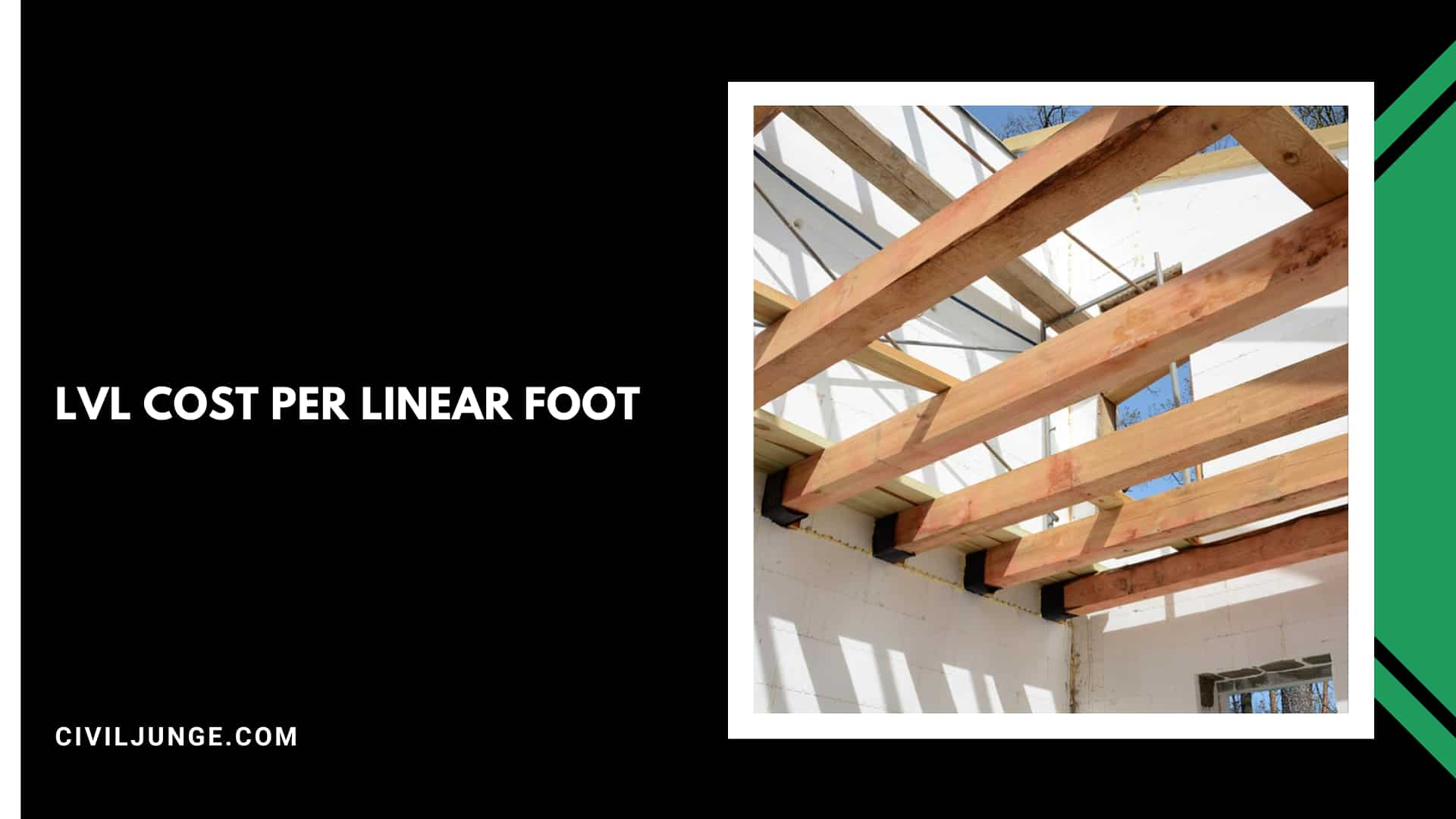
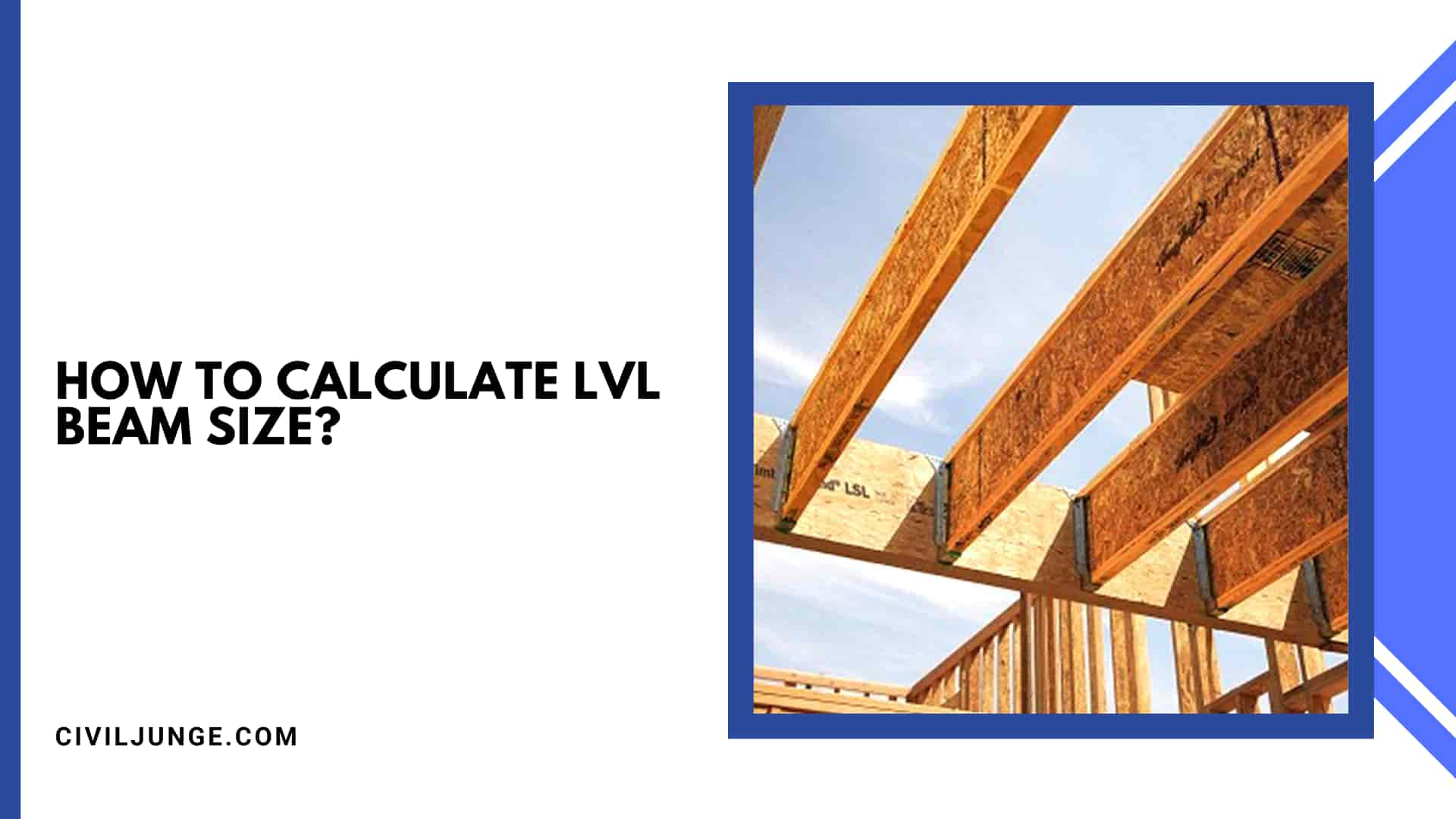

Leave a Reply